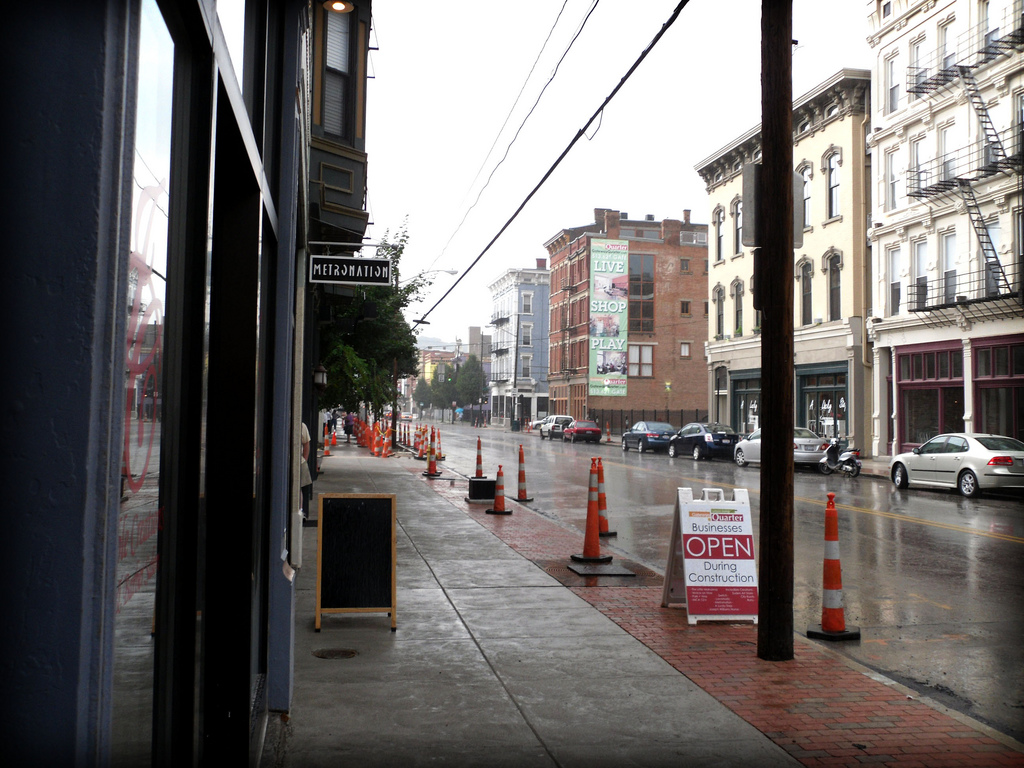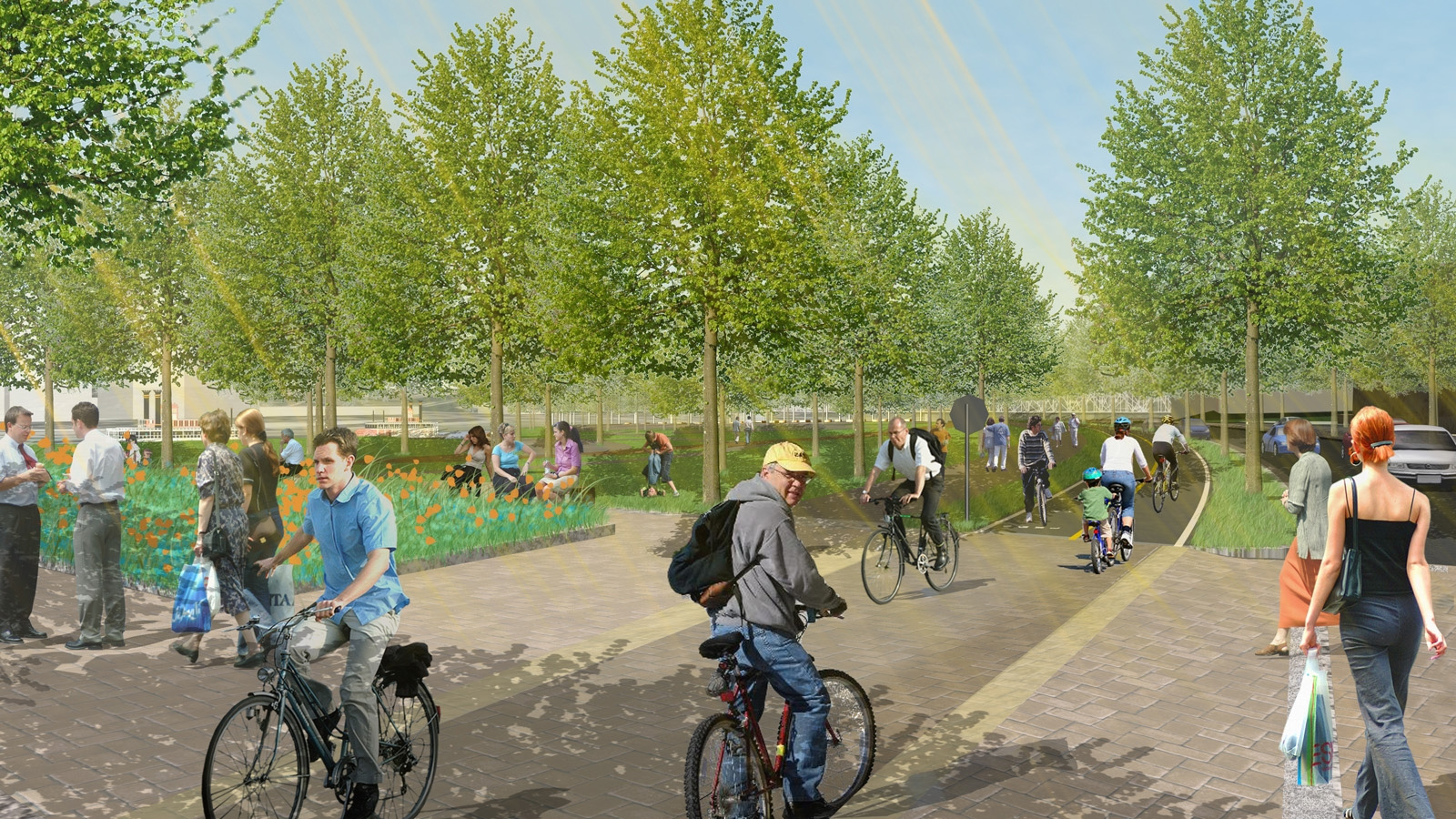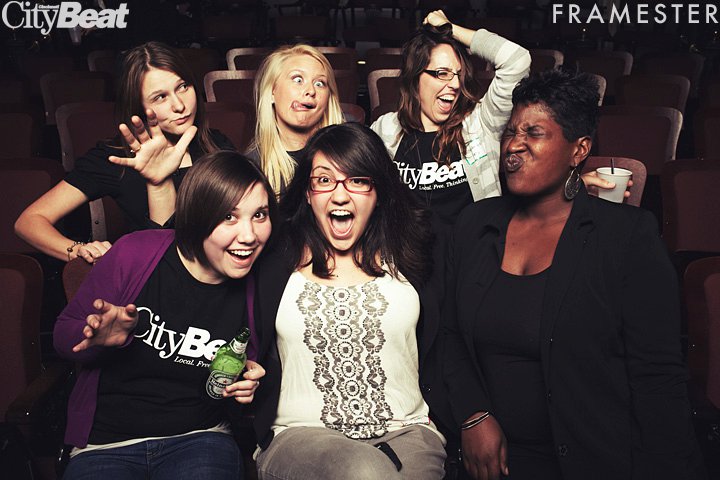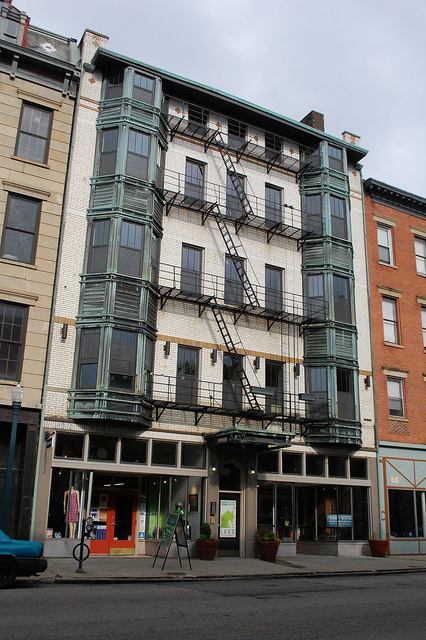Right brain vs. left brain; canvas vs. spreadsheet; the dreamers vs. the driven. In a world that becomes more connected every day, who says art and business are mutually exclusive? This attitude drives local nonprofit ArtWorks’ newest creative enterprise program. SpringBoard Cincinnati is a business development program for artists and creative entrepreneurs.
SpringBoard is more than a classroom with a packet of information and a “good luck” at the end. It’s the most effective way for creative entrepreneurs to see their ideas turn into action, and action into results. The $250 fee includes an 8-week course convening three hours each week, personal consulting from experts in accountancy, finance, law and branding, and a comprehensive business plan. Graduates will also be connected to potential storefront spaces in Over-the-Rhine and downtown.

Vine Street image by Thadd Fiala for UrbanCincy.
“The course is tailored so you aren’t sitting in a room with thirty people just listening to someone speak, only to walk out confused. Students gain applicable, real world information about running their own business,” said SpringBoard Coordinator Sarah Corlett.
Professionals donate their time each week to giving direction to the entrepreneurs’ ideas. Students will be working with the likes of Keating, Meuthing & Klemkamp, P.P.L., Taft Stettinius & Hollister LLP, Burke and Schindler, P.L.L., Rockfish Interactive, and PNC Bank.
“The first week may be an attorney who will instruct the class on the legal structure of starting a business. They will lecture for one hour and the remaining time is dedicated to the class asking questions specific to their future business,” said Corlett.
Nothing short of innovative, SpringBoard is just the next logical step for ArtWorks, an award winning non-profit based in Over-the-Rhine that has been connecting artists with apprenticeships, job opportunities and community partnerships since 1996. SpringBoard is licensing the curriculum from a program of the same name founded by the Chattanooga-based non-profit Create Here. The SpringBoard in the South has been in operation for three years and already boasts 325 graduates.
“Walking down Main Street in the south side of Chattanooga it seems like every storefront is a product of SpringBoard,” said Corlett. “In Cincinnati we are losing a lot of our young, creative population to other cities – Chicago, New York, and the West Coast. SpringBoard is helping to create an environment of locally, handcrafted ideas here in Cincinnati,” she added.
Funded by the Carol Ann & Ralph V. Haile Jr./ U.S. Bank Foundation, SpringBoard’s first course is set to begin June 7th. Interested creative entrepreneurs – from metal sculptors to musicians, and everything in between – can sign up on the website. space is limited but sessions will be ongoing. For more information regarding class registration or to volunteer your professional expertise contact Sarah Corlett at 513-333-0388 or Sarah@ArtWorksCincinnati.org.







